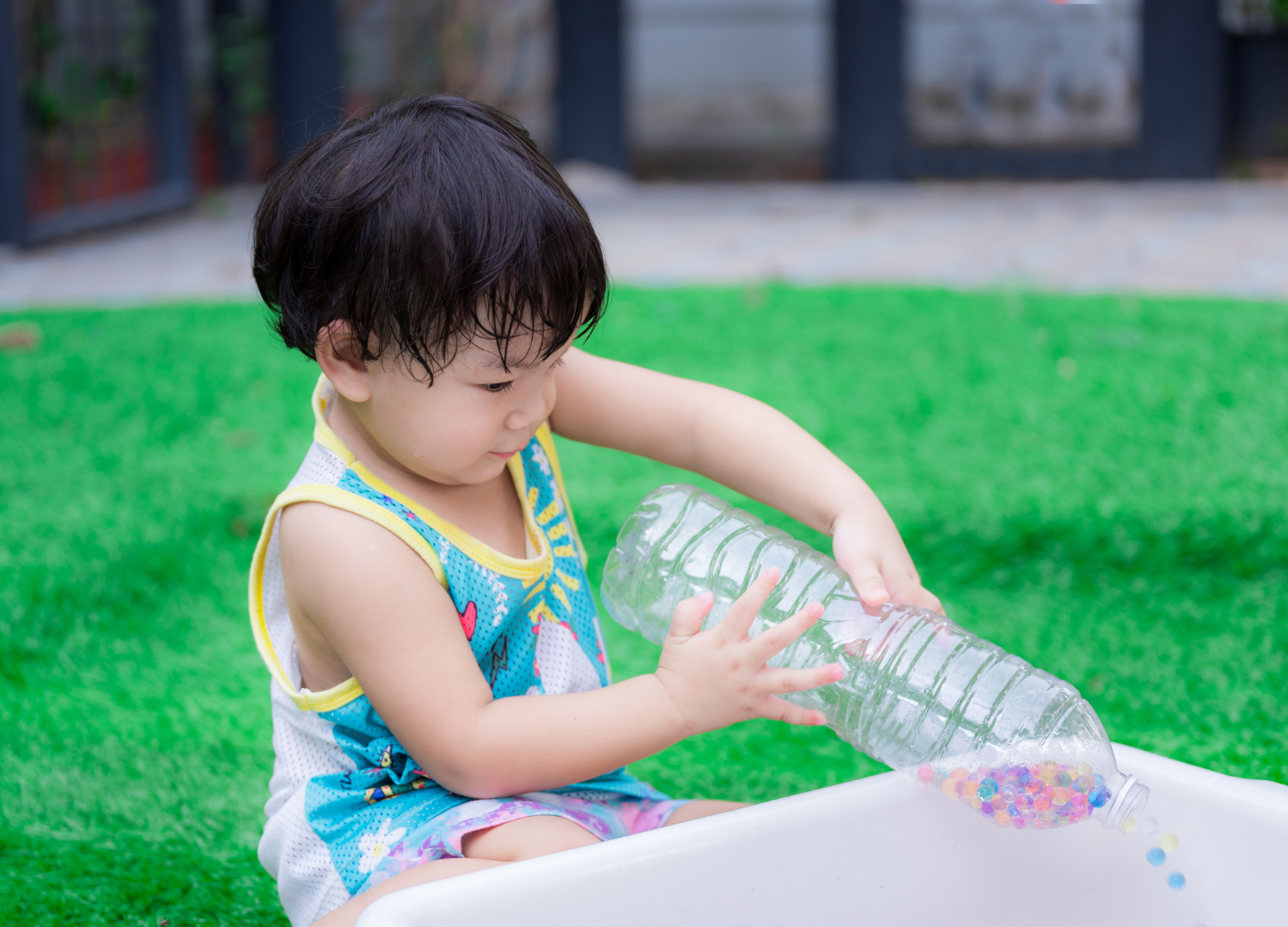Speranza offers Sensory Enrichment Therapy as an effective, affordable, evidence-based, clinically-validated program designed to help individuals with autism, ADHD and other neurodevelopmental disorders improve their outcomes. It’s designed to increase brain function, resulting not only in improved sensory processing but also in enhanced attention span, sleep, communication skills, and many other core symptoms associated with autism.
Sensory Enrichment therapy is a simple and budget-friendly way to improve all aspects of your child’s functioning. Many research studies have shown the dramatic progress children have made by solely adding SET to everyday life. This form of therapy is also beneficial for children without special needs as well.
Children with autism, ADHD and other neurodevelopmental disorders often have sensory issues. They may be sensory seeking, or they may be sensory avoiding or even a little of both. For a child who is living with autism spectrum disorder (ASD) or any neurodevelopmental issue, some textures can be very irritating. Sounds, crowds, lights or smells can upset them.
Many sensory approaches aim to help in this area, and that is great. Speranza develops a sensory plan for children to help them be more comfortable. This further helps in reducing the behavioral problems they manifest. Another approach could be to give children what seems to soothe and satisfy him/her. Some sensory approaches also try to expose a child to different sensory stimulations repeatedly so he/she can get used to them, hoping to reduce the child’s negative response over time.
Sensory Enrichment Therapy (SET), not to be confused with Sensory Integration Therapy, is a new sensory approach that comes from an entirely different perspective. Although SET is effective at helping children with autism, ADHD, global delay and other neurodevelopmental disorders, it regulates their sensory-seeking and sensory-avoiding behaviors, that is not the only purpose of the therapy. Instead, it is designed to help improve brain function, which then results not only in improved sensory processing, but also in improved IQ, attention span, eye contact, speech, social skills, and many other of the core symptoms associated with autism.
If your child has sensory issues, few sensory enrichment tips that you can follow at home are:
- Introduce a pleasant fragrance to your child several times a day while giving him/her a gentle, pleasant back rub with your fingertips. If the child doesn’t like that, find a place he/she likes or will at least tolerate a gentle, pleasant touch, e.g., the cheek, forearm, forehead or the palm.
- At bedtime, play peaceful instrumental music while the child is falling asleep and put a scented cotton ball inside the pillow-case. Any safe scent that is pleasant will do.
- Following a bath or shower, have a warm towel ready to wrap around your child. (You can put the towel in the dryer for a few minutes to warm it). Give your child a foot massage and hand massage with scented lotion.
- Place mats of different textures in a place where your child may frequently walk without shoes.
- Set up the environment with more textures, smells, music, art, and other pleasant passive sensory opportunities.

